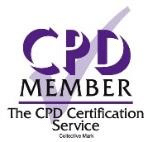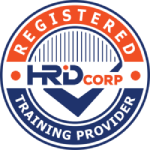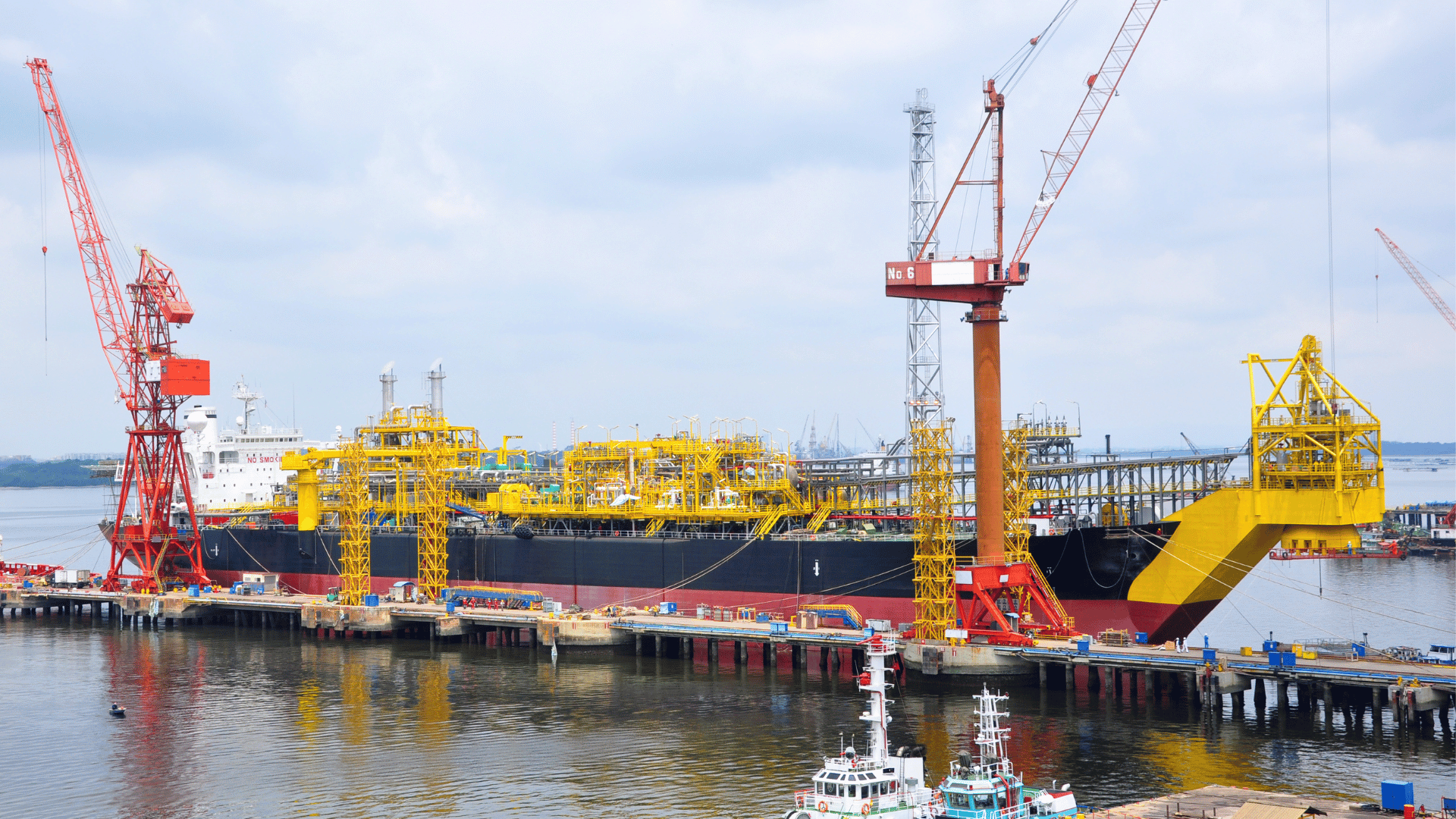About this Virtual Instructor Led Training (VILT)
This Virtual Instructor Led Training (VILT) course presents a comprehensive review of well stimulation strategies and technologies from fundamentals to advances. Stimulation is one of the quickest and perhaps most cost-effective way of increasing well productivity. In the current oil market, these technologies are more important today and the skills in managing it is more valuable.
The need for stimulation may arise for different reasons in oil and gas wells:
- Formation permeability is too low to allow sufficient flow into the well bore. Hydraulic fracturing or acid fracturing is used to increase well productivity in this case. Fluid is injected at pressure above the formation fracturing pressure.
- Formation permeability near the well has reduced (or is damaged) due to drilling, completion, or production. The remedial is done by acid stimulation or matrix acidizing where fluid is injected at pressure below the fracturing pressure.
- Better reservoir management, reducing well count, sand control, or reducing the drawdown.
Most stimulation courses discuss the ‘How to Do’ part of well stimulation, that is, the nuts and bolts of stimulation. The more important part of ‘What to Do’ or which stimulation technique to use where, is rarely covered in detail. In this VILT course, we will discuss both aspects of stimulation – ‘what to do’ and then ‘how to do’. Optimization of stimulation treatment will be discussed together with the design of the treatment. There is no ‘one size fits all’ in well stimulation. Every well is unique and there are decisions to be made at every stage such as what is the best well completion design, optimum number of frac stages, how much fluid should be pumped, the best type of fluid and additives, how much and what type of proppant or acid should be pumped, the best operational procedure during the treatment and how to use real time monitoring techniques to make any adjustments in the original design. Above all, what is the optimum mix of all these variables that will maximise the NPV.
In the last two decades, hydraulic fracturing has unlocked billions of barrels of oil in shale rocks that was otherwise unproducible. The application of hydraulic fracturing in shale and tight reservoirs will be discussed in detail.
This VILT course will help the participants choose the right stimulation method and materials for their reservoirs and apply it in an optimal and engineered manner. A guideline for selection of treatment type and materials will be presented in different sessions. The VILT course will follow a general theme of Design – Execute – Real Time Monitoring, and Post treatment Evaluation for different stimulation techniques.
By the end of this Virtual Instructor Led Training (VILT) course, participants will be able to:
- Identify the most appropriate completion and stimulation strategy to increase well productivity
- Select candidate wells for stimulation
- Understand the essentials of geomechanics for reservoir stimulation
- Design and optimise stimulation treatment and get to know about commercial simulators for fracture design
- Apply quantitative techniques – mini-frac analysis and analysis of treating pressure
- Understand the selection and quality control of fluids and proppant for different types of formations. Learn the use of Stimlab Predict-K software for proppant selection
- Understand how to use real-time monitoring during treatment execution
- Understand post treatment evaluation and Production forecasting from early time production data
- Understand how to avoid common pitfalls in well stimulation such as premature screen-out, unable to create fracture, or reduced fracture conductivity
This VILT course is intended for production, reservoir, and drilling engineers as well as people from management level who want to have a broad knowledge about every aspect of well stimulation. The VILT course can be beneficial to anyone who is interested in increasing oil and gas production in existing fields.
This VILT course will be delivered online in 5 half-day sessions comprising 4 hours per day, with 2 breaks of 10 minutes per day.
Course Duration: 5 half-day sessions, 4 hours per session (20 hours in total).
Your expert course leader is an established industry professional with 38 years of worldwide experience, having spent 20 years with Schlumberger as Interpretation and Production Enhancement Manager, 4 years with ENI as subsurface lead manager, 6 years with PETRONAS as principal reservoir engineer, and 6.5 years with Baker Hughes as reservoir and production manager. He is currently with a leading oil & gas consulting firm as director reservoir technology. He is a subject matter expert in unconventional resources and EOR. His core expertise includes tight gas reservoir engineering, field development planning in conventional and unconventional plays, reservoir management, fluid sampling and analysis, production enhancement, geomechanics, hydraulic fracturing, EOR, and unconventional gas.
He is a visiting lecturer for post graduate courses in Well Testing and Reservoir Simulation. He has published more than 15 SPE and other papers. He had worked as a petrophysicist for three years before working full-time on Reservoir Engineering.
Along with dual skills of reservoir engineering and petrophysics in service and oil companies in 10 different countries and numerous sandstone and carbonate fields and equipped with industry and academic experience, he has managed large teams, projects, and businesses across countries. His role varied from team lead, to subsurface manager and mentor; in both conventional and unconventional reservoirs – from land to deepwater projects.
In rock mechanics, he has worked on developing techniques for sanding risk, and numerous hydraulic fracturing jobs from design to execution and post fracture analysis. Teaching, mentoring, recovery improvements and playing tennis are some of his passions.
Unlock the potential of your workforce with customized in-house training programs designed specifically for the energy sector. Our tailored, in-house courses not only enhance employee skills and engagement but also offer significant cost savings by eliminating travel expenses. Invest in your team’s success and achieve specific outcomes aligned with your organization’s goals through our expert training solutions. Request for further information regarding our on-site or in-house training opportunities.
In our ongoing commitment to sustainability and environmental responsibility, we will no longer providing hard copy training materials. Instead, all training content and resources will be delivered in digital format. Inspired by the oil and energy industry’s best practices, we are leveraging on digital technologies to reduce waste, lower our carbon emissions, ensuring our training content is always up-to-date and accessible. Click here to learn more.
To further optimise your learning experience from our courses, we also offer individualized “One to One” coaching support for 2 hours post training. We can help improve your competence in your chosen area of interest, based on your learning needs and available hours. This is a great opportunity to improve your capability and confidence in a particular area of expertise. It will be delivered over a secure video conference call by one of our senior trainers. They will work with you to create a tailor-made coaching program that will help you achieve your goals faster.
Request for further information about post training coaching support and fees applicable for this.




